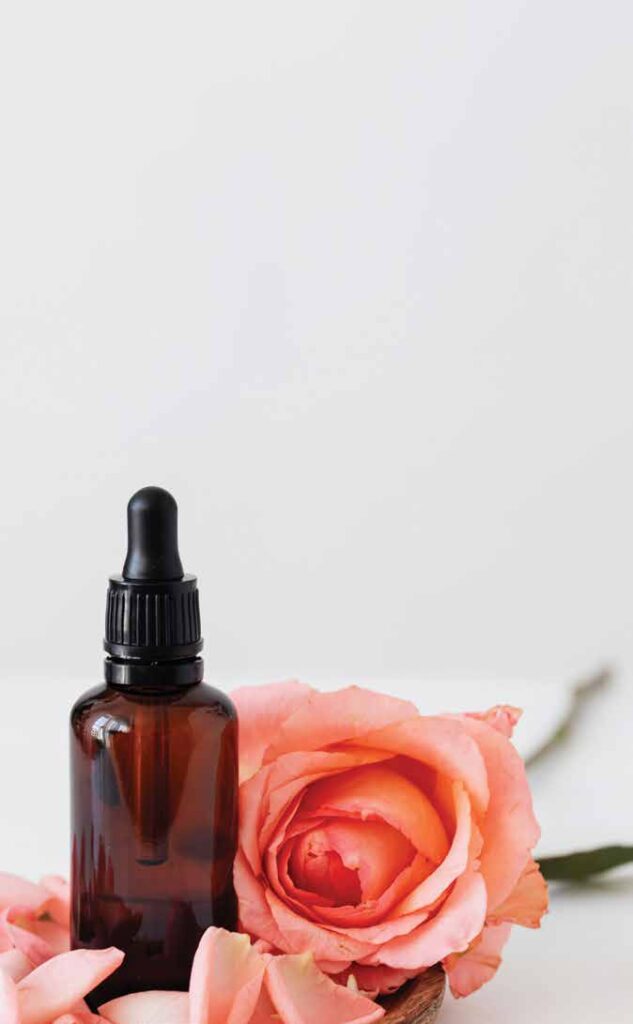
Dry needling continues to gain popularity among physical therapists, doctors, and other health professionals in fighting pain and improving mobility. Although the needles are similar to those used in the ancient Chinese art of acupuncture, which focuses on balancing the body’s energy, or “chi,” along certain meridians or pathways, dry needling evolved much more recently within Western medicine to reduce pain.
During a dry needling session, a therapist applies fine needles to various trigger points to release muscle tightness and pain due to tendonitis; temporomandibular joint (TMJ) soft-tissue injuries; repetitive motion disorders, such as carpal tunnel syndrome, postherpetic neuralgia from shingles, autoimmune diseases such as rheumatoid arthritis, and more. Thin needles are inserted into specific, knotted trigger points within a muscle near the source of pain to increase blood flow and decrease tightness. Unlike trigger-point injections that supply pain medication to an area, these tiny needles remain “dry.”
Needles remain in place for as little as two seconds or as long as 20 minutes. Therapists also use an in-and-out technique to stimulate a twitching response that helps muscles perform more normally. Although generally used at trigger points, dry needling may also be applied to tissues to promote blood flow and healing, similar to acupuncture. The needles may cause discomfort when applied to already sensitive areas. Physical therapists usually combine this treatment with other therapies involving stretching, exercise, and massage.
Only certain people are allowed to practice this technique. In California, Hawaii, Oregon, Washington, and New York, only licensed acupuncturists and medical doctors can perform dry needling, according to the American Physical Therapy Association (APTA). Consult your doctor to learn more about possible side effects from bruising to fatigue and whether this innovative procedure is right for you.


